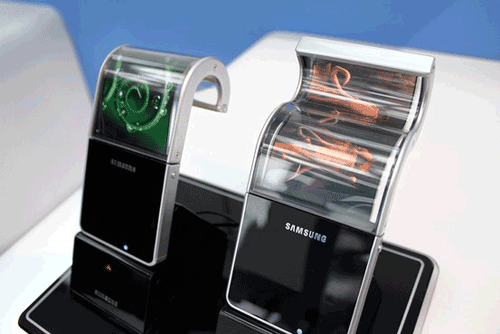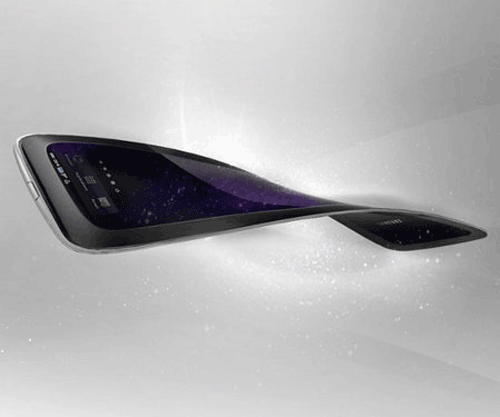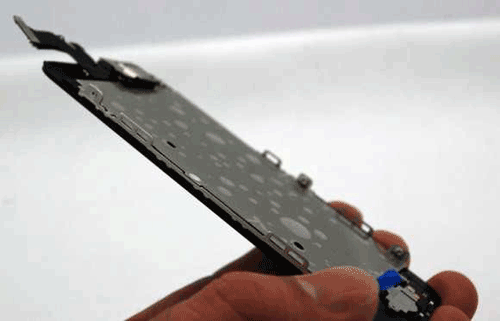Report: Samsung to mass-produce flexible displays for mobile devices in early 2013
Using plastic instead of glass will allow the manufacturer to create devices that are unbreakable, lighter, and bendable
According to the Wall Street Journal , Samsung intends to move forward with mass production of displays that use plastic instead of glass, a move that will allow the manufacturer to create devices that are unbreakable, lighter, and bendable.

According to insider sources, Samsung plans to start mass production of plastic, flexible screens for its electronics.
Confirmation of the company’s intentions comes from a person familiar with the situation, who added that Samsung is in the last phase of development of these displays, with intentions to release new devices in the first half of next year.
The long-sought-after flexible display
Besides saving on manufacturing costs, making the move to flexible displays will provide Samsung with the one thing all mobile manufacturers covet nowadays — differentiation in a crowded marketplace.

A flexible phone will allow Samsung to stand out in a crowded marketplace.
According to the WSJ , the new plastic displays will incorporate organic light emitting diodes (OLED), a display technology that the company is already using in its smartphone and television products. Specifically, they will use active-matrix) organic light-emitting diodes (AMOLEDs).
For those unfamiliar with the technology, OLEDs are a super-thin display technology that are more efficient and provide better picture quality than LCD or plasma displays. More importantly, they’re lighter and flexible, too. AMOLED, meanwhile, is a more cutting-edge update to OLEDs which include a transistor next to each pixel as a means for bringing faster response time.
Samsung anticipates that by 2014, 50% of all phones might have AMOLED displays, and that by 2015 the market could see integration of this technology into TV panels, too.
In terms of actual application of the technology, analysts expect that Samsung will fold the new screen over the edges of the device itself, so the display continues on both sides, thus making it fully flexible.
Two-horse race
Samsung’s display updates, while leaked and not officially confirmed (yet), come at a time where other manufacturers are beginning to look at new and very different ways of differentiating themselves from competitors. For instance, Apple is using liquid-crystal display technology in their iPhone 5 that allows the screen to be thinner vis-à-vis touch sensors integrated into the display itself.

Apple’s iPhone 5 includes a liquid-crystal display, which allows it to be much thinner than previous generations of the phone.
Doing this, the company discovered, eliminated the need for a separate touch-screen layer altogether.
“The key reason for Samsung to use plastic rather than conventional glass is to produce displays that aren’t breakable,” Lee Seung-chul, an analyst at Shinyoung Securities, explained to the WSJ . “The technology could also help lower manufacturing costs and help differentiate its products from other rivals.”
Samsung, meanwhile, has not come out with confirmation on when, exactly, this technology will be available. ■
Story via: wsj.com
Advertisement
Learn more about Electronic Products Magazine






